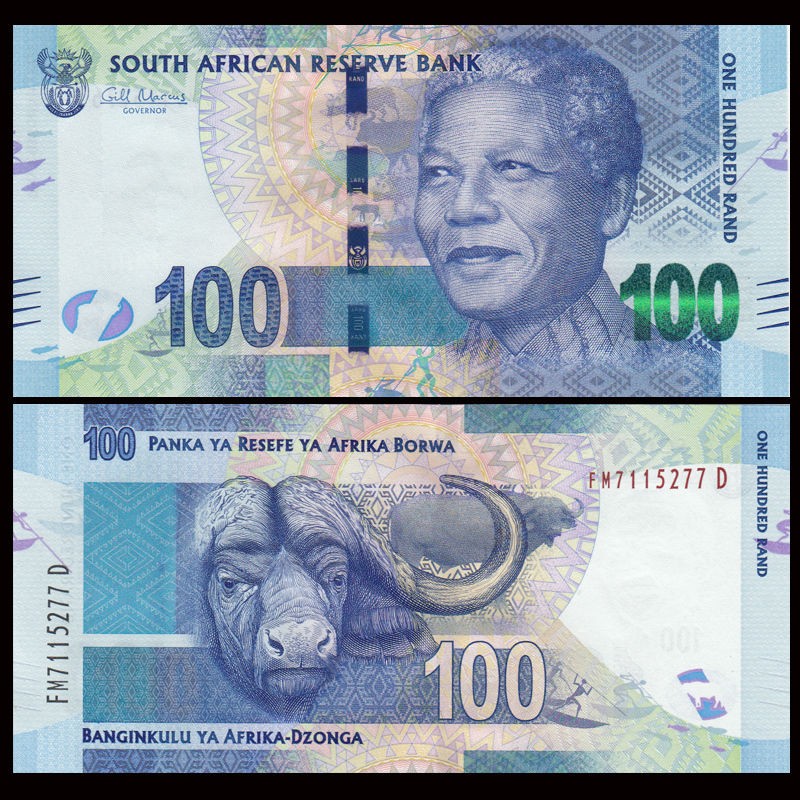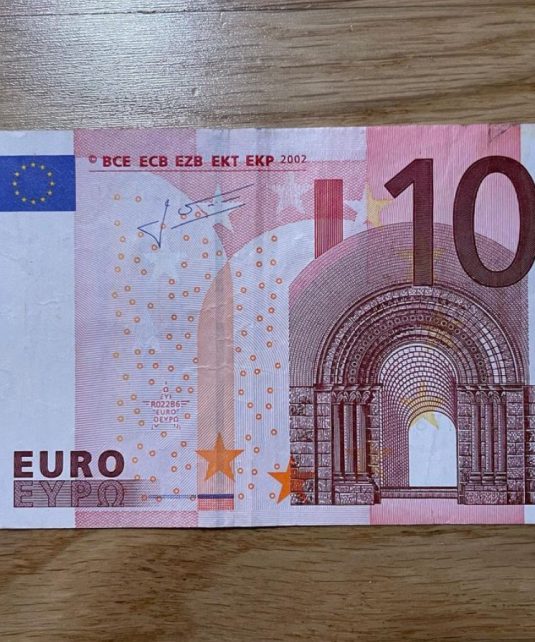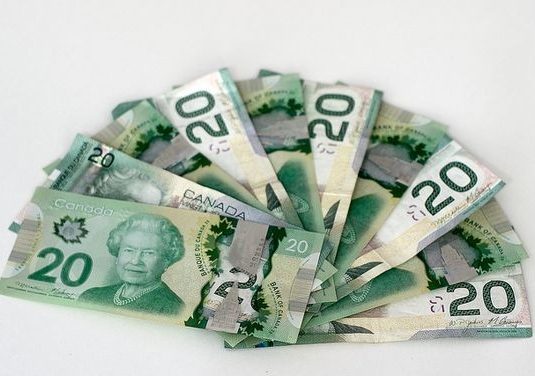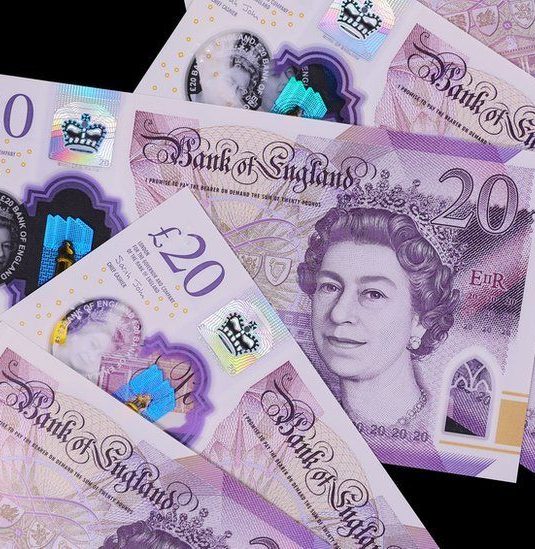R100 ZAR Bills Prop Money
Are you looking to add some realistic touches to your next film or photoshoot? Do you want to create a scene that looks like it’s straight out of the streets of South Africa? Look no further! R100 ZAR bills prop money is here and ready for action. This high-quality replica currency can take your project’s production value to new heights. In this blog post, we’ll cover everything you need to know about getting your hands on R100 ZAR bills, making prop money, and where you can use it. Get ready to impress with some seriously authentic props!
How to get your hands on R100 ZAR bills
Getting your hands on R100 ZAR bills is easier than you might think. You can start by searching online for reputable prop money vendors who offer high-quality replicas of South African banknotes. Be sure to read reviews and check the vendor’s reputation before making a purchase.
Another option is to visit local costume or prop shops in your area, as they may carry R100 ZAR bills prop money or have connections with suppliers who do. Don’t be afraid to ask around and network with other creatives in the industry.
If you’re feeling crafty, consider making your own R100 ZAR bills using Photoshop or another design software. However, keep in mind that creating realistic-looking counterfeit money is illegal, so only use these homemade props for personal projects and never attempt to pass them off as real currency.
There are plenty of ways to get your hands on R100 ZAR bills prop money depending on your budget and resources. With a bit of research and creativity, you’ll have everything you need to take your production value up a notch!
What to do with R100 ZAR bills
R100 ZAR bills can be used for a variety of purposes, whether you’re in South Africa or not. Here are some ideas on what to do with them:
1. Use them for everyday transactions – R100 bills are commonly used in South Africa for buying groceries, paying utility bills and other daily expenses.
2. Collect them as souvenirs – If you’re traveling to South Africa, consider collecting R100 ZAR bills as souvenirs. They feature iconic landmarks and historical figures that reflect the country’s rich culture.
3. Gift them to friends and family – You can also gift these R100 notes to your loved ones who collect currency from around the world or just enjoy unique gifts.
4. Donate them to charity – Consider donating your extra R100 notes to a local charity or organization that accepts cash donations.
5. Keep them as emergency cash – It’s always good practice to keep some cash on hand for emergencies like power outages, natural disasters etc., so holding onto some R100 notes is a great idea if you ever visit South Africa or need emergency funds while traveling there!
There are plenty of ways you can make use of your R100 ZAR bills depending on your interests and needs!
How to make Prop Money
Making prop money can be a fun and creative way to add authenticity to your film or photo shoot. Here are some tips on how to make prop money.
Firstly, you will need a printer with high-quality resolution capabilities. You can search online for printable images of R100 ZAR bills that match the size of real currency notes. Print out these images onto high-quality paper or cardstock.
Next, cut out each bill individually using a precision cutting tool such as an X-acto knife or scissors. Make sure all edges are clean and crisp.
To give your prop money a more realistic feel, consider adding texture by crumpling the bills slightly or lightly sanding the edges. This will help them look like they have been in circulation for some time.
Make sure to distinguish between real currency and your fake props by marking them clearly with “prop” stamps or writing directly on the back of each bill.
With these simple steps, you can create convincing prop money that is perfect for any production needs!
Where to spend Prop Money
Prop money is a fantastic tool for filmmakers, photographers, and anyone who needs realistic-looking cash without the risk of carrying actual currency. However, it’s important to note that prop money should never be used in actual transactions or passed off as real currency.
One great way to use prop money is for film and photography shoots where cash plays a significant role in the scene. Whether you’re shooting a heist movie or need stacks of cash for a product photoshoot, prop money can add an authentic touch to your visuals.
Another fun way to use prop money is during pranks or practical jokes. Imagine surprising your friends with stacks of cash only to reveal that it’s all fake – talk about an unforgettable prank!
If you’re feeling philanthropic, consider donating some of your prop money to charity auctions or fundraisers. Your donation could help raise more funds while also providing an eye-catching centerpiece for the event.
There are endless creative ways to use R100 ZAR bills Prop Money once you have them! Just remember always not pass them off as real currency when transacting outside filming environments
Conclusion
R100 ZAR bills can serve multiple purposes, from being used as legitimate currency for transactions to being used in the entertainment industry as prop money. If you’re looking to get your hands on R100 ZAR bills or create your own prop money, there are various ways of doing so.
However, it’s important to use prop money responsibly and not attempt to pass it off as real currency. Always ensure that proper measures are taken when using prop money in films or other productions.
Whether you’re a filmmaker, collector or simply someone looking to add some novelty items to your collection, R100 ZAR bills and prop money can be an exciting addition. So why not give it a try today?
| Select Quantity | 60 Bills, 100 Bills, 200 Bills, 300 Bills |
|---|






There are no reviews yet.